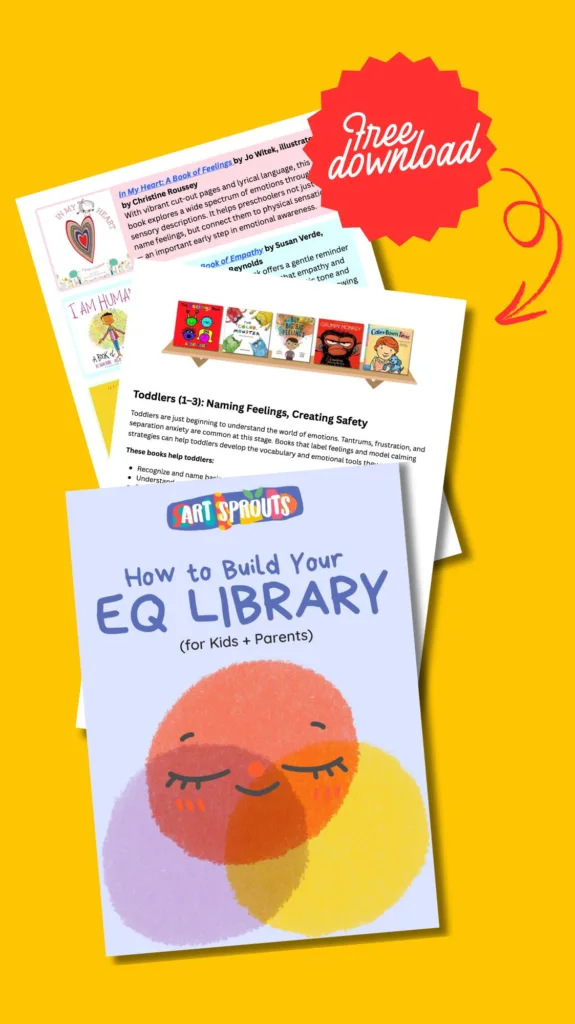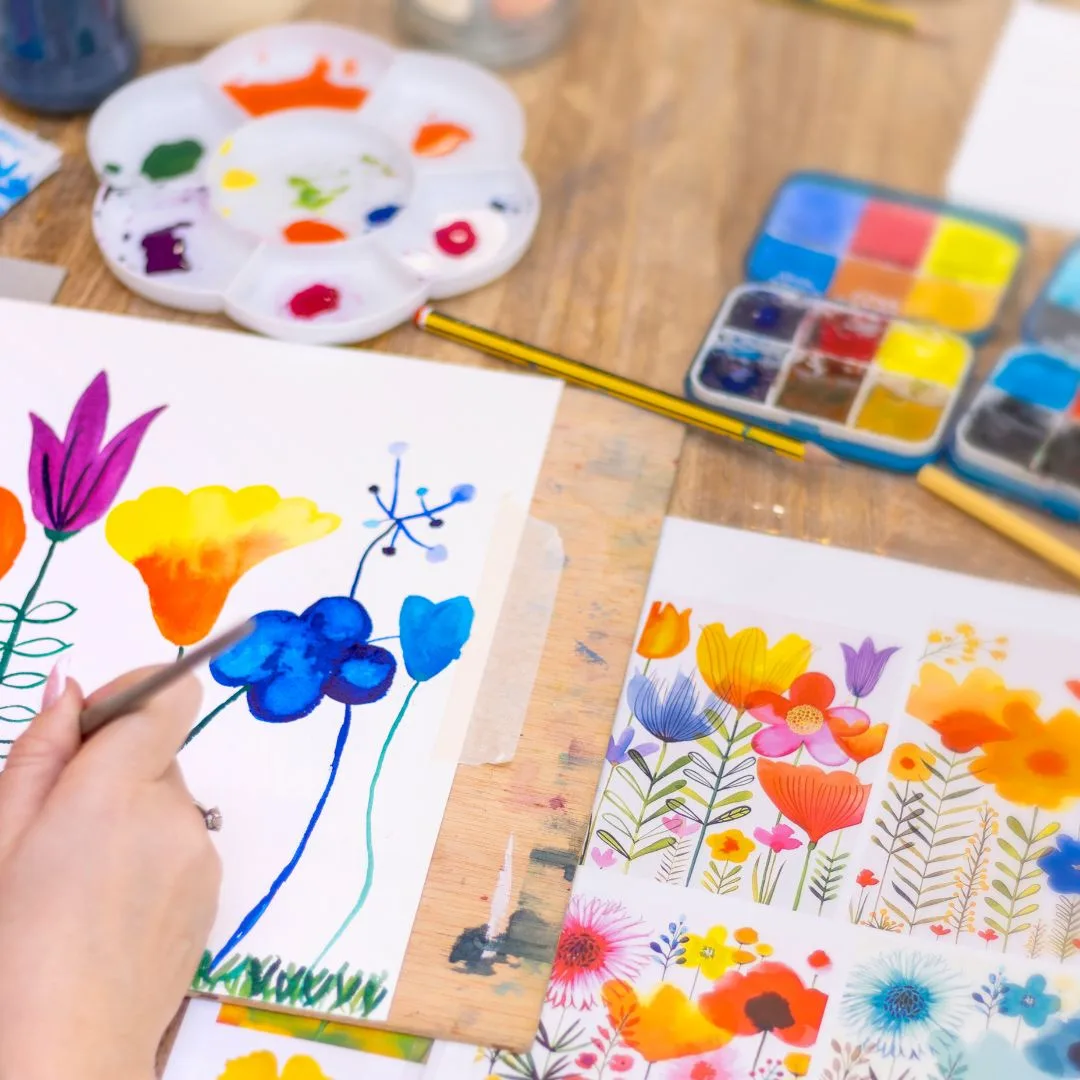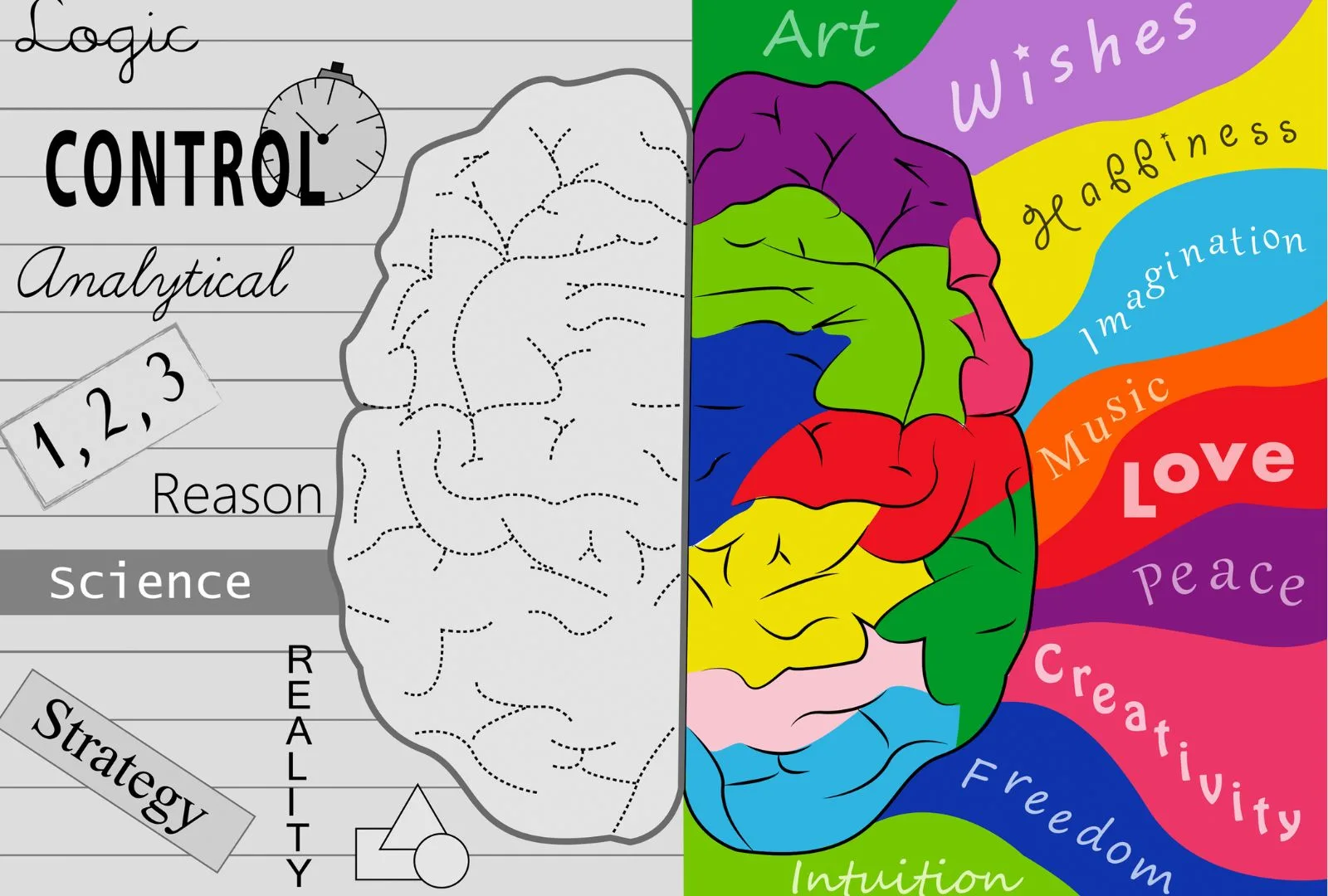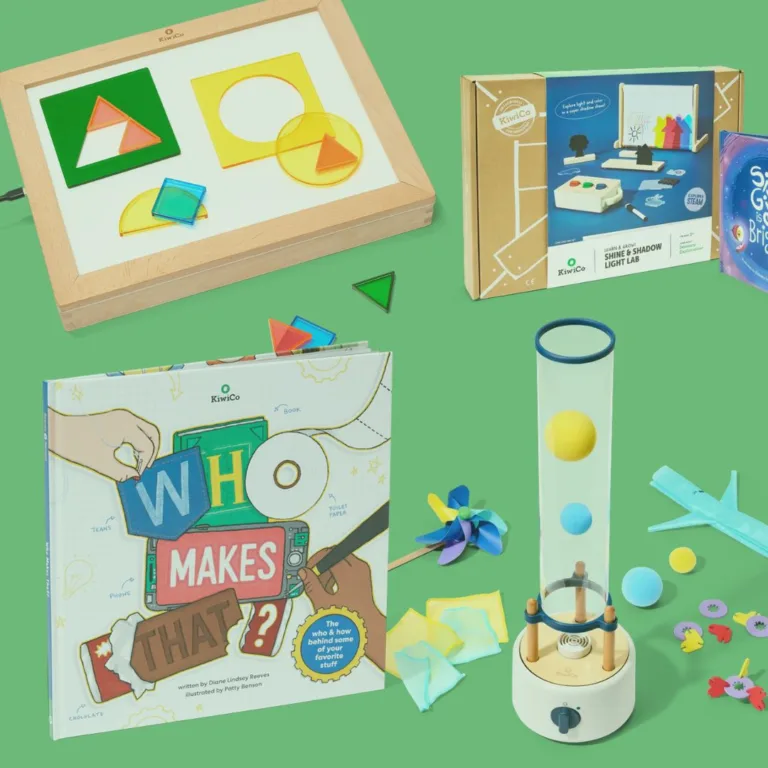The Shift from STEM to STEAM: Why Soft Skills Are Crucial for Your Child’s Education
As parents, teachers, and learners, we know how important it is to prepare students for an unpredictable world. With technology rapidly transforming industries, the skills required for success are evolving, too. While STEM (Science, Technology, Engineering, and Math) education has been a driving force for technical expertise, it’s missing something critical—soft skills like creativity, emotional intelligence, and adaptability.
These are the abilities that machines can’t replicate. Employers today are prioritizing these skills more than ever. In fact,research from Harvard shows that 75% of long-term job success is tied to soft skills.
This is where STEAM, the integration of art into STEM, comes in.
Why Soft Skills Are Now Essential
In today’s job market, creativity, adaptability, and communication are in high demand. As automation and AI take over routine tasks, these human-centered skills are what will keep us relevant. According to studies, as much as 85% of job success comes from well-developed soft skills, while technical skills account for only 15%.
This shift is even more apparent in the era of remote work, where employees need to communicate and collaborate across distances. Effective teamwork, emotional intelligence, and flexibility are essential for navigating these new work environments. The ability to adapt to constant change is now one of the most valuable traits in any career.

STEM vs STEAM: Why STEM Alone Isn’t Enough
STEM education builds technical skills, but it often overlooks the creative and emotional aspects that are critical for solving complex problems.

Stories That Help Raise Kind, Brave, Empathetic Kids
Download your free EQ Bookshelf — a printable guide with age-by-age book recommendations to support your child’s emotional growth through the power of stories.
Creativity and Critical Thinking: The Pillars of STEAM
Critical thinking and creativity are among the top skills needed for future success, but they aren’t fully addressed by STEM subjects. Art, on the other hand, helps students see problems from different perspectives and approach challenges with fresh ideas.
The Future of Education: Preparing Students for Unpredictable Careers
While STEM provides structure and logic, art encourages experimentation and exploration. This blend of technical knowledge and creative thinking is what will enable students to thrive—not just in specific careers, but in all aspects of life.
The Role of Art in Building Emotional Intelligence and Adaptability
Art fosters problem-solving, emotional intelligence, and adaptability in ways that traditional STEM education cannot. Through creative projects, students learn to think critically and find multiple solutions to a problem. This type of thinking is crucial for innovation.
Art also builds emotional intelligence. By expressing emotions through creative work, students develop empathy and learn to understand others’ perspectives. These skills are essential for building strong relationships in any team or workplace. Art teaches adaptability, as students often need to adjust their approach mid-project—whether it’s choosing new materials or rethinking their process after encountering challenges.

Addressing the Defunding of Art Programs in Schools
Despite these benefits, many public schools have cut art programs due to budget constraints. According to the National Endowment for the Arts, public school art programs have faced steady reductions in funding, particularly in low-income districts. This trend limits access to the very skills that are crucial for students’students’ future success.
Without art education, students miss opportunities to develop creativity and emotional resilience. These are skills they won’t necessarily get through other subjects, leaving them at a disadvantage when it comes to navigating the complexities of the modern workforce.
Free Resources for Integrating Art into STEAM Education
To overcome these cuts, here are some free resources for parents and educators to integrate art independently.
Incorporating art into STEM through STEAM is about more than just creativity. It’s about preparing students for the future with a well-rounded skillset that includes critical thinking, emotional intelligence, and adaptability. Even in the face of budget cuts, art can remain a vital part of education with the right tools and resources. The future belongs to those who can think both logically and creatively—those who are not just problem solvers, but innovators.
What is Art Therapy?
In recent years, there’s been a growing interest in mindfulness, emotional regulation, and mental we…
12 Easy Art Therapy Ideas for the Classroom
This post brings together a set of simple art therapy ideas for the classroom: short, low-prep activ…
How to Use Art to Discuss Tough Topics
There’s a common assumption that certain topics—grief, racism, identity, inequality—are too heavy fo…
The Art of Emotions—How Art Builds Emotional Intelligence in Children
(A series exploring how engaging with and creating art fosters empathy, emotional regulation, and pe…
The STEM vs STEAM Debate
For years, the STEM vs STEAM Debate has positioned STEM education as the gold standard—the clearest …
How Art Education Fosters Emotional Intelligence and Empathy in Kids
As Aristotle, one of history’s most famous teachers, once said, “Educating the mind witho…
How to Foster Emotional Intelligence Through Art and STEAM Education
How to foster emotional intelligence and shape resilient, well-rounded students? Clear-cut answers m…
The Shift from STEM to STEAM: Why Soft Skills Are Crucial for Your Child’s Education
The shift from STEM to STEAM is reshaping education by incorporating art to foster soft skills like …
What is the difference between STEM and STEAM?
STEM focuses on Science, Technology, Engineering, and Math, while STEAM integrates Art to foster creativity and emotional intelligence along with technical skills.
Why are soft skills important in today’s education?
Soft skills like adaptability, creativity, and communication are increasingly crucial as automation and AI replace routine tasks, making human-centered skills essential for future job success.
How does art help in developing emotional intelligence in children?
Art encourages children to express emotions, build empathy, and understand different perspectives, fostering emotional intelligence critical for teamwork and leadership.
Can parents integrate STEAM at home?
Yes, parents can use free online resources, creative projects, and simple art activities to foster STEAM learning at home.
Why is creativity important in education?
Creativity encourages students to think outside the box, experiment, and solve complex problems, skills necessary for innovation in both education and future careers.
How can educators promote STEAM in schools with limited resources?
Educators can incorporate art into everyday lessons, seek out grants, and utilize free resources to enrich STEM curricula with creative elements.

















